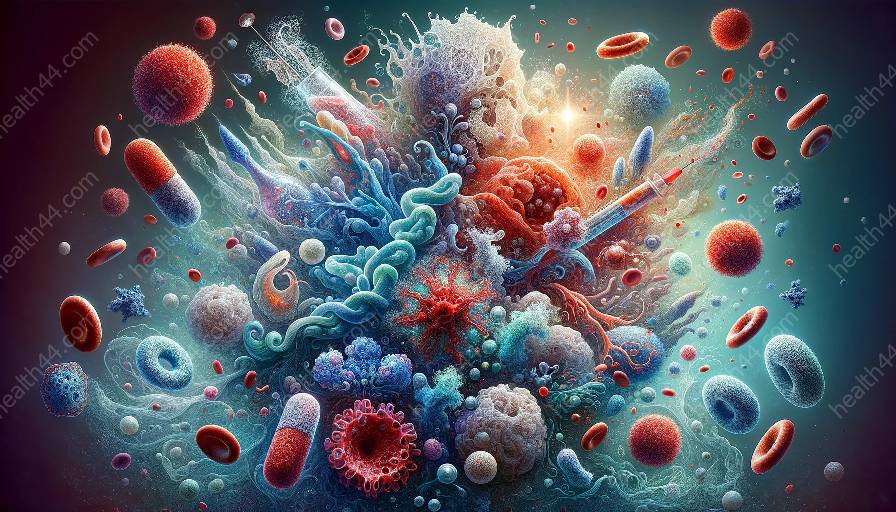The skin plays a crucial role in the body's innate immunity, serving as a physical barrier that protects the body from harmful pathogens and foreign substances. This natural defense mechanism is a critical component of the body's immune response, contributing to its overall resilience against infections and diseases.
Understanding Innate Immunity
Innate immunity is the body's first line of defense against potential threats, providing immediate, non-specific protection. It includes physical barriers such as the skin, as well as various cellular and molecular components that recognize and combat pathogens. The skin's role in innate immunity is particularly significant due to its extensive and continuous coverage of the body's surface, making it a formidable barrier that prevents the entry of harmful microorganisms.
The Skin's Physical Barrier Functions
The skin acts as a multifaceted physical barrier in innate immunity through several key functions:
- Structural Protection: The outermost layer of the skin, known as the epidermis, consists of tightly packed cells and a protective layer of lipids. This structural arrangement creates a formidable barrier that prevents the penetration of microbes, toxins, and other harmful substances.
- Microbial Flora: The skin is home to a diverse community of beneficial microorganisms, known as the skin microbiota. These microorganisms help to outcompete and inhibit the growth of pathogenic microbes, contributing to the skin's protective barrier function.
- Secretions: Glands within the skin, such as sebaceous glands and sweat glands, secrete substances that enhance the skin's barrier function. Sebum, for example, forms a protective film on the skin's surface, while sweat contains antimicrobial peptides that help to fight off pathogens.
The Role of Keratinocytes
Keratinocytes, the predominant cell type in the epidermis, are pivotal in the skin's barrier function. These specialized cells produce a tough, fibrous protein called keratin, which provides structural strength to the skin and helps to repel pathogens. Additionally, keratinocytes produce antimicrobial peptides that contribute to the skin's defense against invading microorganisms.
Immunological Significance
From an immunological perspective, the skin's physical barrier function plays a crucial role in preventing infections and maintaining homeostasis. By effectively blocking the entry of pathogens, the skin minimizes the likelihood of systemic infections, reducing the burden on the body's immune system. This, in turn, allows the immune system to focus its resources on combating potential threats that manage to breach the skin barrier.
Conclusion
The skin's role as a physical barrier in innate immunity is fundamental to the body's overall defense against infections. Understanding the intricate mechanisms by which the skin protects the body from external threats provides valuable insights into the field of immunology and highlights the importance of maintaining skin health for optimal immune function.


